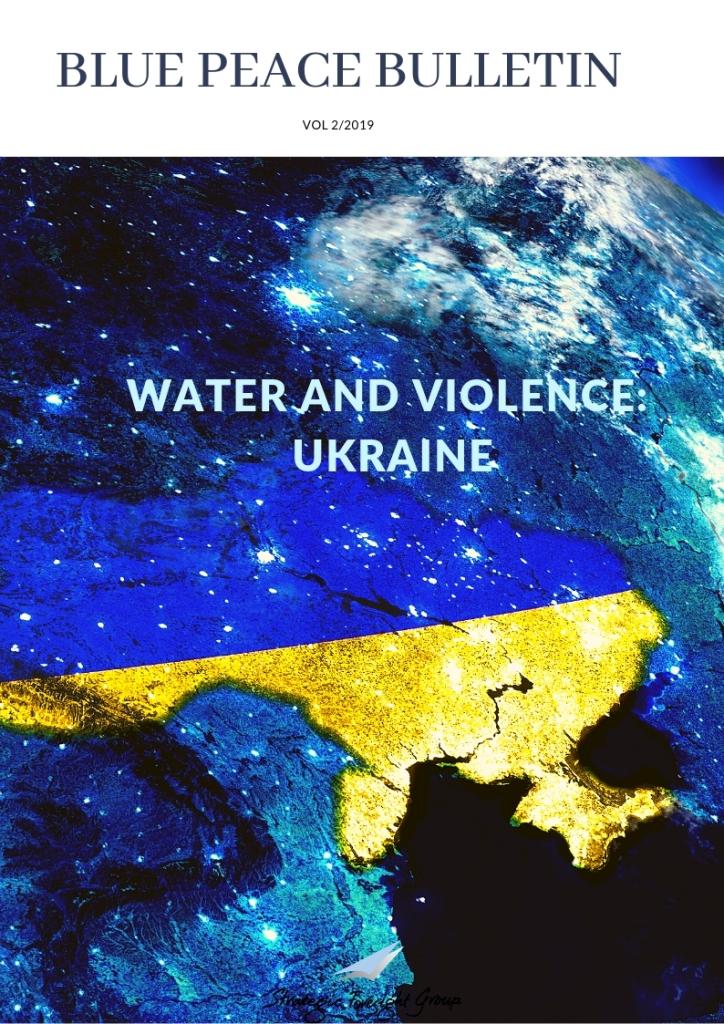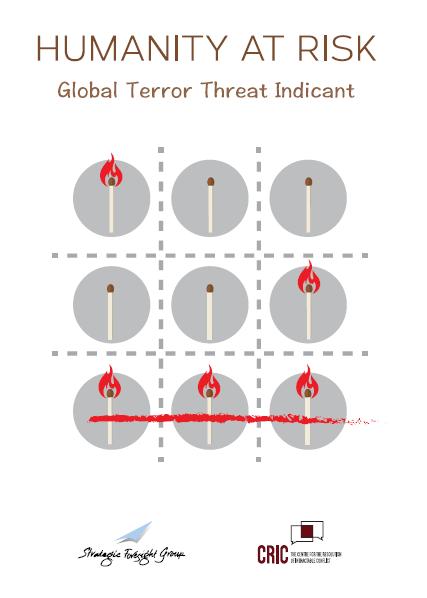Building Peace in Kashmir
|
|
August, 2010
By Shivangi Muttoo
|
There has been widespread unrest in Kashmir for more than a month now. The present government strategy of deploying security forces will treat the symptoms of the crisis but not the malady at the heart of it. Only political and economic development has the potential to build durable peace in a volatile Kashmir.
Unlike in the past, the protests are not being led by the separatists or regional political parties. Instead, the stone pelters and the youth have taken over the movement. The young generation of Kashmiris, who have grown up in an atmosphere of conflict and turmoil, are defying the curfew each day and are actively engaged in street resistance. As a result, over 50 civilians mostly teenagers have lost their life. This is a new and a dangerous dimension emerging in the politics of protest in the valley. It reflects the failure of mainstream political parties to represent the demands of the people.
The ongoing crisis is a manifestation of a deep rooted problem. There is a strong sense of alienation in Kashmir. The failure to move beyond the successful elections of 2002 and 2008, weak political institutions and growing human rights violations have angered the people. Human right violations are a central plank of the Kashmir problem. The National Human Rights Commission has a limited jurisdiction in the state. Thus, human right abuses are not redressed in a timely or efficient manner. The investigations of Shopian rape and murder case and killing of teenagers by security forces have remained inconclusive and the culprits are still at large.
The lack of economic development has also been a cause of discontentment which exacerbates the popular feeling of alienation among Kashmiris. There are 35,000 small scale industrial units out of which only 15,000 are functional. Unemployment among educated youth is high. A recent survey conducted by Chatham House reveals that people of Kashmir feel unemployment followed by corruption and poor economic development are the major problems in Kashmir.
In order to quell the uprising in Kashmir, the government has deployed armed police and paramilitary soldiers to prevent the unrest and has issued a shoot at sight order. This is only a short term measure to treat the symptoms of the crisis. However, it is ironical that the army which has been called to tackle the problem of stone pelting and deteriorating law and order situation has only aggravated the malady. There is deep anger against the security forces and the government for using brutal force against the agitators. The more the force is used the intensity of the protest escalates further. This is a vicious circle in Kashmir. Therefore, the military is not the solution to the Kashmir problem.
The re-emergence of political democracy in Kashmir in terms of competitive free and fair elections needs to be consolidated further. Kashmir requires good governance which dwells on efficient non corrupt administration, decentralisation, strengthening of political institutions and rule of law. The government must institutionalize the interaction between the government and the people of the state. For instance, Janata Darbar is a concept in Bihar where the Chief Minister meets and interacts with the people regularly. A similar interactive session should be planned in Kashmir. Further, an urgent priority in Kashmir is to strengthen the State Human Rights Commission and enforce strict punishment for the human right violators. Economic progress and prosperity of the people will likely weaken the politics of protest and strikes as peace will become an imperative for maintaining economic well being. Sectors such as horticulture, handicrafts, hydropower and tourism have the potential to boost economic development in the state and create employment opportunities for the youth.
The immediate response of the government should be to ensure that there are no more killings in the coming days. The next step should be to device a strategy based on political and economic development and to implement it with sincerity.
Related Publications
Related latest News
Related Conferences Reports
-

P5 Experts Roundtable on Nuclear Risk Reduction
Download:Geneva Roundtable Report
-

Roundtable on Global Security and Catastrophic Risks
Download:Report on RT revise





